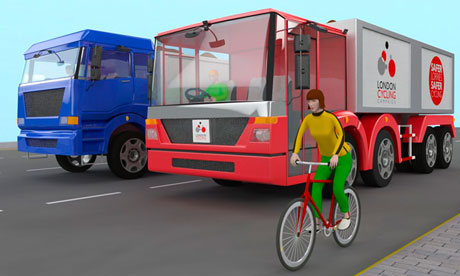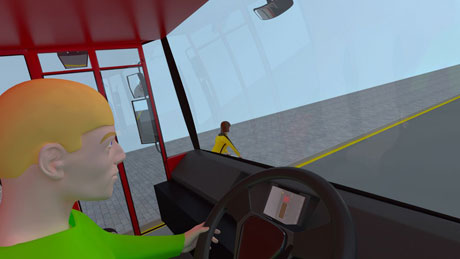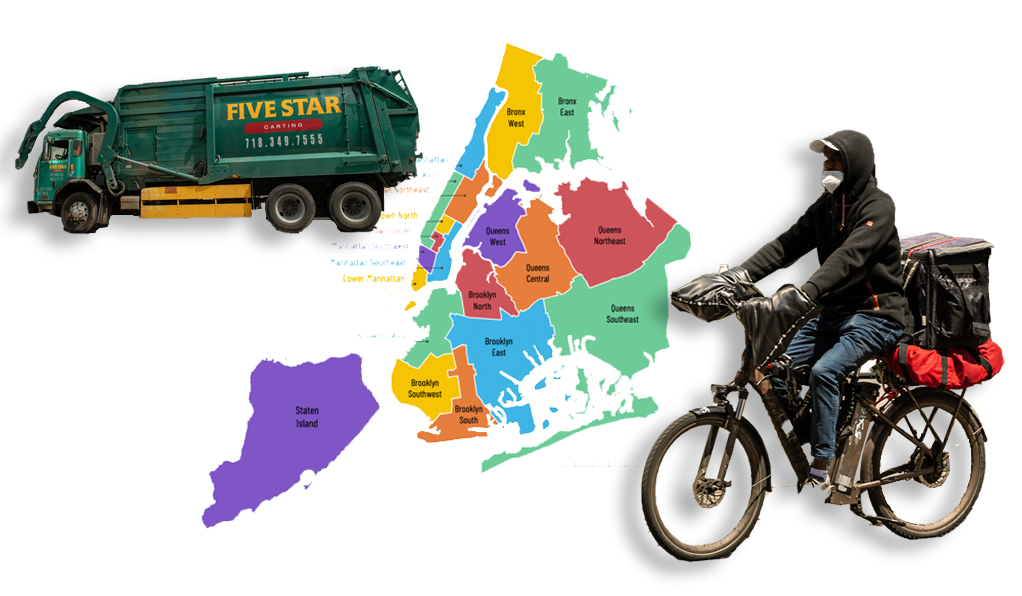In the last few weeks, truck drivers have taken the lives of at least two NYC pedestrians: a 6-year-old child and a 60-year-old woman. Though the physics of the crashes were different -- one driver was turning, the other accelerating into a crosswalk -- in both cases the driver was said to have hit a person he did not know was there.
NYC is not the only world city that suffers truck-involved pedestrian and cyclist fatalities. In London, trucks account for some 5 percent of vehicle traffic, yet their drivers are responsible for approximately half of all cyclist deaths, according to the Guardian. Most of those crashes involve construction trucks, with many resulting from a driver failing to see a cyclist while making a left turn.
At present, half the cycling fatalities in Greater London involve lorries, and about three-quarters of those vehicles are from the construction industry. A large proportion of pedestrian fatalities also involve lorries. Tellingly, the most frequent response from lorry drivers after a fatal collision is to say they didn't see the victim in the moments leading up to the crash.
The London Cycling Campaign has proposed a new design for the urban truck -- one that is lower in height, puts the driver closer to the street, and replaces "blind spots" with windows. The design is based on existing trash trucks, which are built with the safety of refuse collectors in mind.
"Already a common sight in town and city streets, these vehicles have the same low driving position and high-visibility cab seen on our Safer Urban Lorry," write LCC staffers Charlie Lloyd and Mike Cavenett. "All we've done is to marry this type of cab with a lower chassis from a construction lorry."
The LCC design features lower ground clearance and a lower bumper, along with side guards, to keep crash victims from being dragged underneath the vehicle. LCC says the traditional construction truck seat position "encourages the driver to go faster and closer to other traffic." The LCC-designed truck would be equipped with cameras to give drivers a 360-degree view of what's around them.
While these common-sense design elements would be a marked improvement over current truck designs, safety still depends on the person behind the wheel. Said Cavenett: "Drivers are worried about getting stuck. But you have to adjust the way you drive to the vehicle you're driving. If you're driving one of these lorries you just have to drive it in a more skilled way. It's all about a balance."







